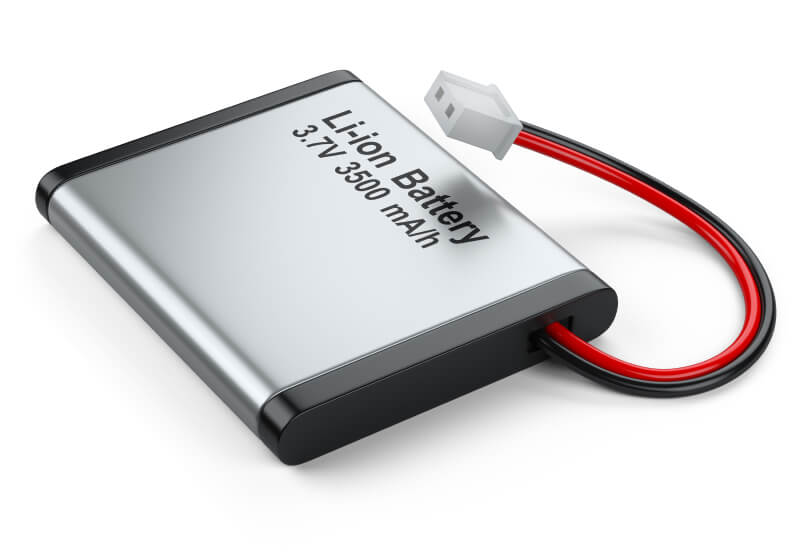Since the early 2000s, lithium-ion batteries have been growing in popularity because they are affordable and practical. We all know that batteries are a high pollutant to the environment because of their toxic components like metals, plastics, and chemicals.
At this point, we know that all batteries required to be recycled, but it would be interesting to explore what's inside Lithium-ion batteries and how do they work.
There are four main components inside the metal shell:
Anode.- It works as a negative pole during discharge and as a positive pole while charging. Its main goal is to store lithium ions and release them back into the external circuit to let the electric current flow.
Cathode.- During charge and discharge, its poles contrast with the anode poles. The cathode is composed of lithium oxide, and its purpose is to regulate capacity and voltage.
Electrolyte.-Commonly made of a lithium salt (hexafluorophosphate), and its purpose is to let the ions flow.
Separator.- This nonconductor is a small plastic that separates both the cathode and anode.
Most of the previous components are flammable when ruptured, so every time you place a non-functional battery in a recycling bin, you are preventing accidents associated with batteries hazards. Lithium-ion batteries contain rare earth metals and other worthy materials that can be recovered and reused to manufacture new gear and stop the overuse of natural resources.

